Lesson: Pressure Cooking 101 | Blue Jean Chef
Pressure Cooking Basics
A pressure cooker is a cooking vessel with a lid that locks on and prevents steam from escaping. As a result, the steam builds up pressure in the pressure cooker – about 12 to 15 pounds per square inch of pressure (psi) – and the temperature inside the cooker increases. At sea level, water boils at 212º F before it is converted into steam, and it cannot get any hotter than that, regardless of the heat source below it. In a pressure cooker, with 15 psi of pressure added, water boils at 250º F before being converted into steam. That means that we are able to cook foods inside a pressure cooker at higher temperatures, and they are therefore finished sooner – in about one-third of the time it would take to cook on a regular stovetop. The time saved by using a pressure cooker is obviously a huge benefit, but that is secondary to how your foods taste out of the pressure cooker.
Health Benefits
There are also health benefits to pressure-cooking. The main cooking medium in pressure-cooking is liquid rather than fat. When pressure-cooking, you can choose to almost eliminate fats, creating lean meals. Vegetables can be steamed quickly, retaining their crunch, colour and nutrients.
Energy Efficient
Because it saves time and cooks foods faster, pressure cookers use up less energy than traditional methods of cooking. Also, because the steam and heat are trapped in the pressure cooker, you will find that your kitchen remains cooler. I love this for the summer months. With a pressure cooker, you have the versatility to cook foods all year round that you might otherwise reserve just for the winter.
Safe and Easy to Use
Pressure-cooking is also safe and easy. Most recipes call for you to start by browning foods either in the cooker itself or on the stovetop. Then, you combine the food with at least one to one and a half cups of liquid (check your pressure cooker manual for the minimum liquid requirement), lock the lid in place and set a timer. Electric pressure cookers do all the monitoring of time and temperature for you, so all you have to do is wait for the time to expire. There are safety valves built in to control for any unplanned occurrence and the locks on the machines prevent you from making a mistake and opening the unit when there’s pressure inside. The horror stories of pressure cookers blowing up are truly tales of the past.
One of my favourite aspects of pressure-cooking is waiting for the timer to ring. I always have enough time to clean up the kitchen and set the table, which means that after dinner, I only have one pot and a few plates to clean.
Combining Pressure-Cooking with Other Cooking Techniques
Pressure-cooking can be your sole cooking method, or it can just speed up the process of making a meal combined with a different cooking technique. Ribs, for example, can be cooked in the pressure cooker and then popped onto the grill and brushed with BBQ sauce with an excellent result. Hams can be cooked in the pressure cooker and then glazed under the broiler for easy and beautiful browning.
Browning First
For visual appeal as well as for flavour, it’s important to brown your foods either before pressure-cooking, or after the food has been cooked. Many electric pressure cookers now have BROWN settings, which will allow you to sear foods before you add the liquid required for cooking. If your electric pressure cooker does not have a BROWN setting, you can often use one of the pre-programmed buttons in order to brown. Turning the pre-programmed button on will engage the bottom element and as long as you don’t put the lid on, you can brown in the pot. Alternatively, you can simply brown the foods on the stovetop in a skillet first, add the liquid to the skillet to deglaze the pan and scrape up any brown bits that have formed on the bottom from searing the meat and pour the entire thing into the pressure cooker along with the remaining ingredients. It’s a small step that does take a little time, but it is important to the final result.
Releasing Pressure
There are two ways to release the pressure in a pressure cooker. The first way is called the natural release method. This involves simply turning your electric pressure cooker off. The temperature will slowly decrease in the cooker and the pressure will come back to normal. Understand that a natural pressure release can take as long as fifteen minutes, so account for that time in your meal planning. Use the natural release method for meats in order to obtain the most tender results, for beans whose skins tend to burst otherwise, and for dishes with a lot of liquid where the liquid might spit out of the pressure release valve.
That alternative method to release the pressure in a pressure cooker is called the quick-release method. Electric pressure cookers have a release valve that you can turn to release the pressure manually. Steam will escape out of the valve until the pressure has returned to normal. Use the quick-release method for foods that are easily over-cooked, like grains, seafood or vegetables.
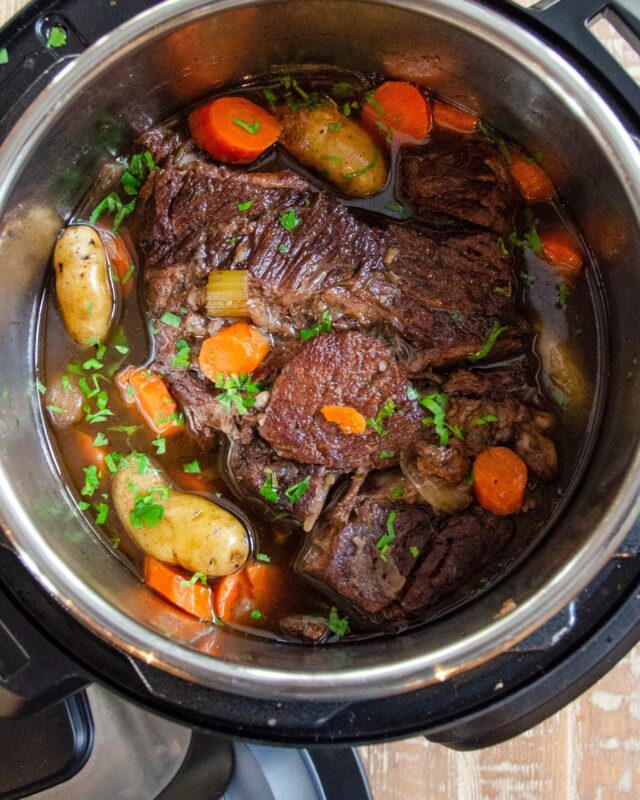
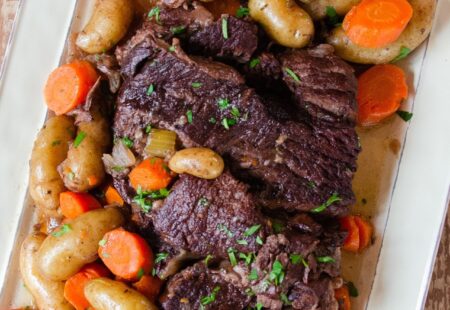
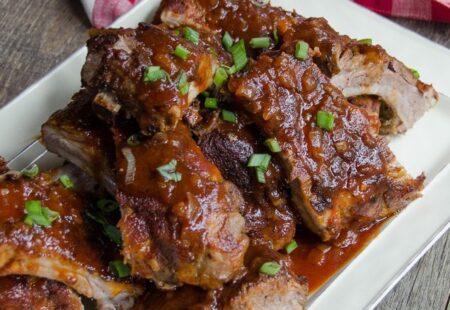
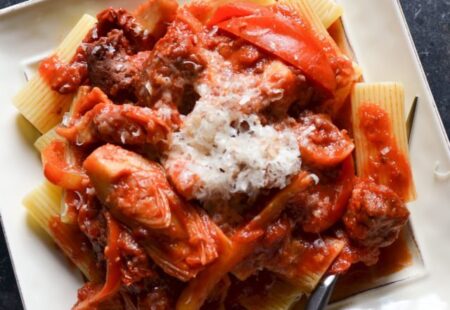
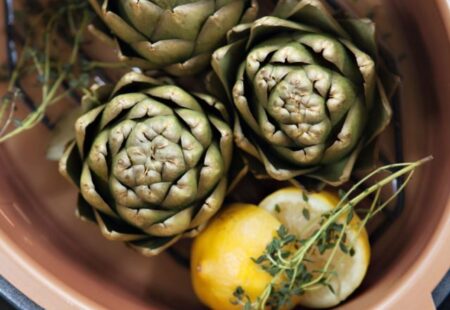
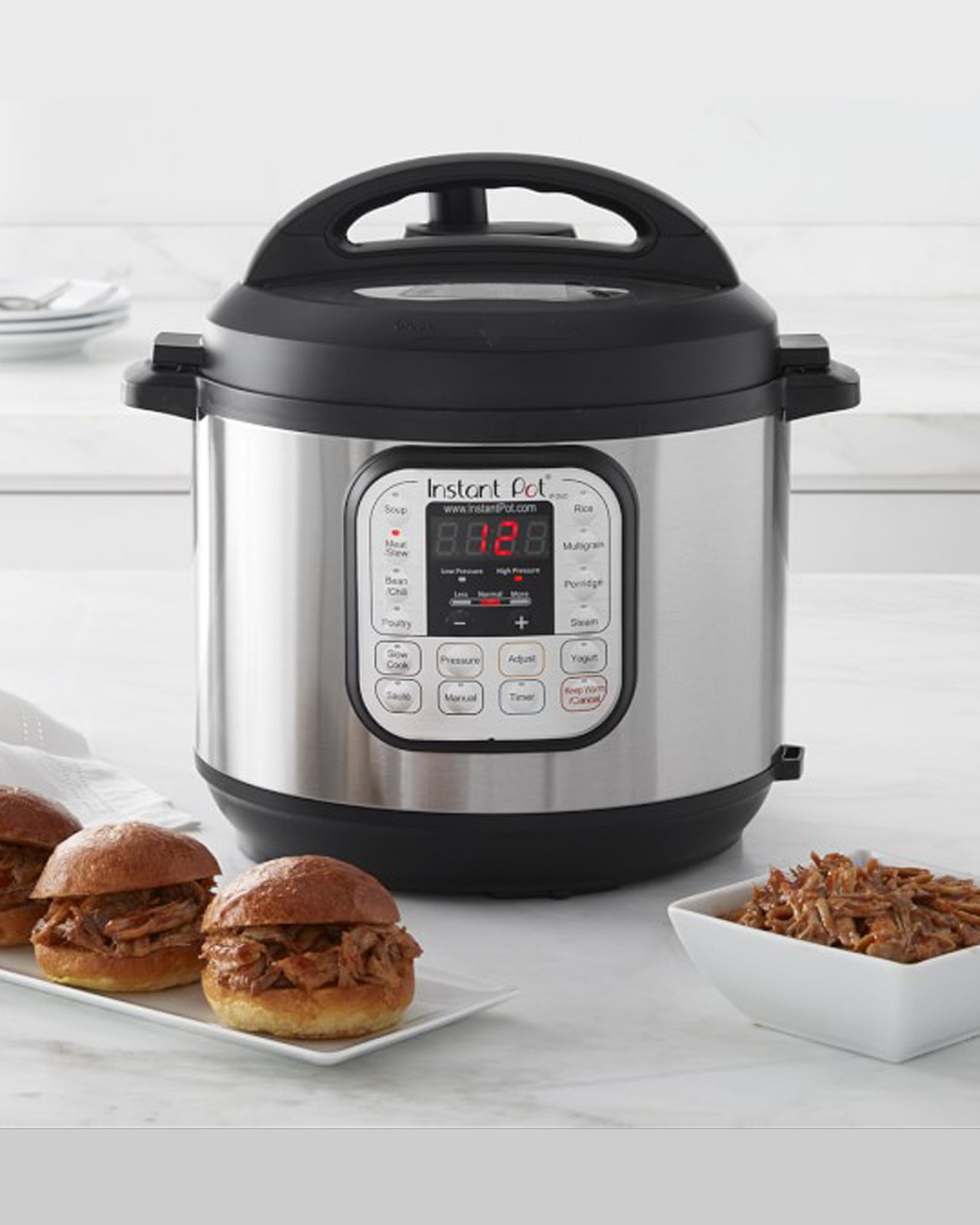
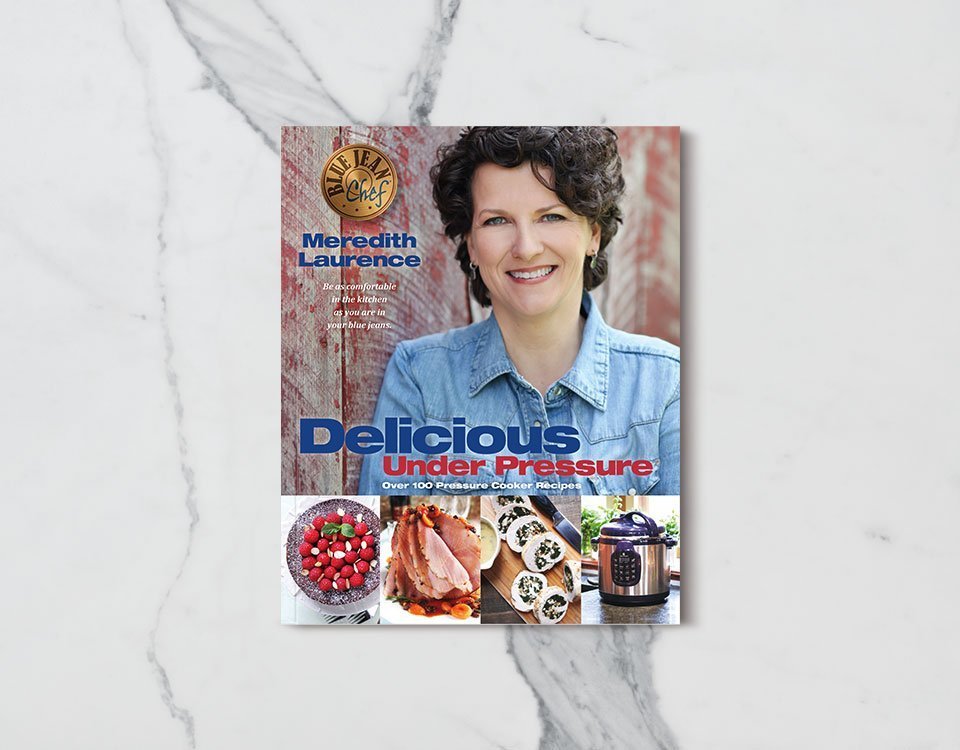
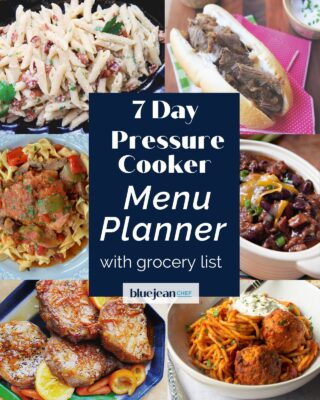
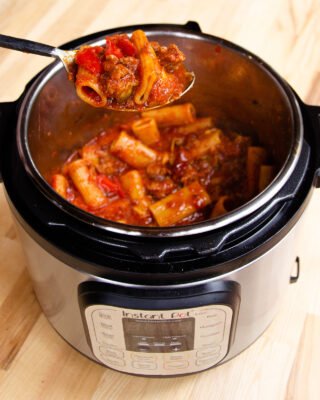
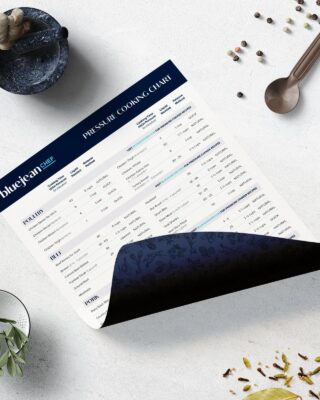
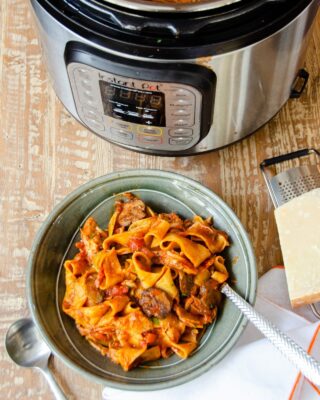
I absolutely Love your lessons. You make it so easy to not only cook, but to “want” to cook in the first place. I am trying to learn to cook for one. My hubby passed away a few years ago but I find I still cook for an army. I waste so much food. Any help you can give in that area will be ever so appreciated. I was just gifted an instant pot but haven’t tried it yet as I am a bit scared. Your “classes” will be so helpful. Thanks again and you are so missed on In the Kitchen. Hope you make some quest appearances soon.
Thanks, Kathy. I’m sorry to hear about your husband’s passing. It is hard to change long-term habits and you’re not alone in having to learn to scale down. My first advice is to love your freezer! You could cook for several, but freeze portions of the food for a rainy day. My next advice is to look at your raw ingredients first before cooking and think about how much one person (or two or three) would cook. For example, when making mashed potatoes, would one person eat one whole russet potato, or three? I’ll keep this subject in mind as I develop more classes. In the meantime, break out that Instant Pot and make just one thing – I think you’ll realize just how easy it is and how delicious the food is that comes out of it. Hope my tutorial on the subject helps.
I saw this for the first time. What a help! Please keep cooking.
That is THE Best demo I have Ever watched. Omg you covered Everything! I can’t wait to show my daughter, she will really understand it and she will feel so much more comfortable and confident.
I love how you explain !
I love how you make instructions easy to understand, Thank You.
I have a 2 qt. insta-pot and I can’t find inserts for that size. I would like a stainless steel, steamer, and gaskets, but can’t find them for a 2 qt. do you have any suggestions? I looked on amazon and it seems like they are for the larger ones. What size insert would I look for. Thanks for help your.
Carol
Hi Carol. I haven’t seen a 2-quart Instant Pot® pressure cooker out there, so first of all check your pressure cooker brand. Then, I would go to that brand website to see if they provide replacement inserts. 2-quart pressure cookers is less common, so I’m afraid I don’t think you’ll find that size replacement on Amazon. Good luck! ML
Fantastic lesson, thank you so much!!
Thank you so much for 101 pressure cooking video. I bought a pressure cooker around Christmas time but was afraid to use it. You explanation on “how to” is great. I look forward to seeing some of your other videos. And I am going to try out my One Pot now. Great demonstration!
Hi there Many thanks for allowing some of the charts to be as a free download.
Jan uk
Meridith I love your pressure cooker books. Tonight we are having your italian ziti with sausage and artichokes. I make this quite often. I keep hoping you do some Sous Vide recipes. BTW that is my only iBook. I used to dread making my husbands center cut pork chops. It is amazing how that method changes the texture of the meat.
I tried to figure out the spareribs like we get in a Chinese restaurant. Well I cook big meals every night. My husband Who is 94 said he couldn’t tell the difference. The night before I removed the silver skin. I placed 1/2 rack of St. Louis ribs on some clear wrap. Took white pepper ginger, garlic, onion powder and Chinese 5 spice and rubbed both sides of the ribs and place them in the refrigerator over night. Wrapped in the clear wrap on a glass baking dish. The next day I opened up the package wiped the ribs down and mixed some brown sugar, salt and red jello, garlic, five spice and cooked in the pressure cooker for 30 minutes. Place them on a rack in the smaller convection oven with a bit more brown sugar, five spice and red jello and salt until they looked pretty. I shocked myself. I will be 81 next month and if you think I measured the amounts you’re wrong. I know the brown sugar was a total 3/4 of a cup and I have 1/2 the jello package left. Just thought I’d share.
🙂
Just got my first Insta pot for Christmas from my daughters. I am so excited to use it. Your video made me feel a whole lot safer to try. Thank you so much
Helen
Hi Meredith
I bought my first pressure cooker from QVC when you were demonstrating it.
I am now on my third pressure cooker and I love it.
I also have both of your books and I use my pressure cooker 2 to 3 times a week.
Just wanted to say Thank you
Cindy
Thank YOU, Cindy. I’m so glad you’re enjoying pressure cooking!
Thank you so much for Pressure Cooking 101 VERY informative, and you are always easy to understand. Thank you, thank you, thank you!
Meredith, this was so helpful! The towel, why hadn’t I thought of that? Going to try the pasta! Thank you so much!
Whats the best liquid for plain boneless chicken, and how many oz. In pressure cooker
Hi David, you really can use any liquid to cook chicken breast. Chicken stock would be my first choice. You could also just use water, but it would not add any additional flavor to the chicken breast. If using water you could add some lemon slices, thyme springs, bay leaves, peppercorns or other aromatics to infuse some flavor into the chicken. Make sure you use at least 8 oz. of liquid.
I love your cooking shows, You explain everything so nicely. The set that is behind you in this lesson where did it come from? I would love to have it. Thanks for all you do I’ll be watching you on QVC also>
Thanks, Mary. 🙂 That set is actually my “barn” on my home property. It was re-built inside to be a home studio/guest house.
ML
A wonderfully comprehensive and helpful video. I’ve done a fair amount of cooking in my instant pot but learned so much more after watching. Thanks so much for your experienced insight!
When I asked Instant Pot (long before I saw this video) about even holding a towel above the IP when doing a quick release, this was a reply….
A growing number of people are sharing pressure cooker tips that include advice about covering the valve or vent of the pressure cooker during pressure release by covering the vent/valve of the pressure cooker with a dry or wet towel, paper towel, hot pad or other object.
Following this advice is a problem because the steam release vent is one of the pressure cooker’s main safety systems and any obstruction could cause this system to fail, or to trigger one of the other last-resort safety systems (which are generally pretty messy and could permanently damage electric pressure cookers). Just an FYI
Thanks, Deb. It’s good advice. I still like to hold a towel over the steam valve to direct the steam away from things I want to protect (like my face). I don’t leave the towel on the valve while it is releasing stem, so agree with them there.